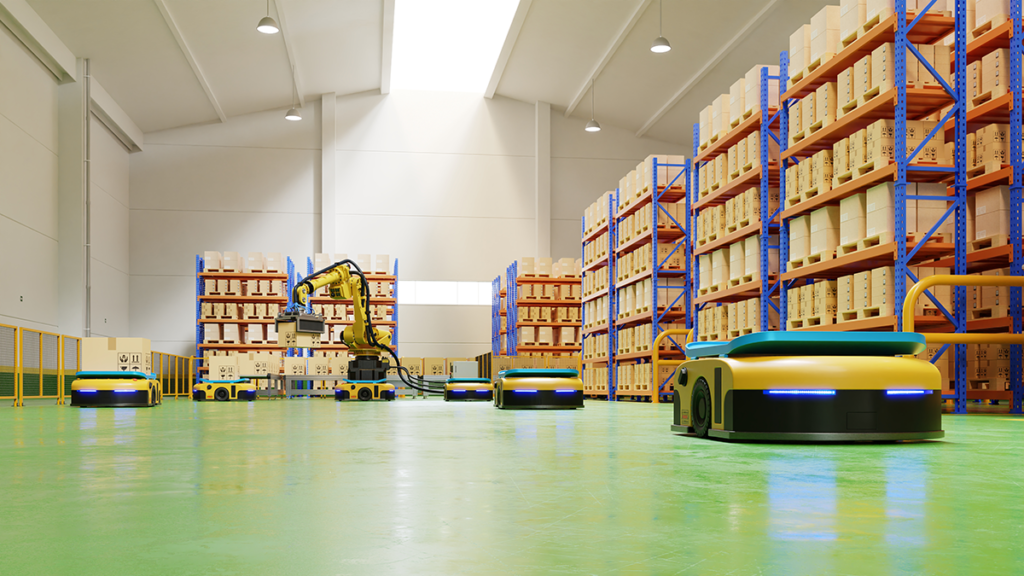The global smart factory market (hereafter referred to as the market studied) was valued at USD 295.65 billion in 2021. It is expected to reach USD 514.29 billion by 2027, registering a CAGR of 9.74% during the forecast period, 2020-2027 (hereafter, referred to as the forecast period). Coupled with the Industrial Internet of Things (IIoT) and smart factories, where industrial devices are connected via the Internet, the sheer volume of real-time data (Big Data) would create means for Industry 4.0 to bring about a massive change in the way modern-day control systems function.
Key highlights:
– Several manufacturing companies are capable of achieving zero waste production and shorter time-to-market. Effortless monitoring, reduction of waste, and production speed are some of the significant advantages of automated manufacturing processes. This technology offers users an improved quality of standardisation and dependable products within the time and at a much lower cost.
– According to Cisco, by 2022, machine-to-machine (M2M) connections that support IoT applications are likely to account for more than half of the world’s 28.5 billion connected devices. Manufacturers worldwide also understand that the next generation of robotics and automation technologies is a revolutionary opportunity to upgrade manufacturing in terms of productivity, quality, safety, and cost metrics. Also, increased year-on-year robotic automation expenditure mainly expands the scope of the studied market.
– The adoption of smart systems can reduce human labour, particularly in challenging environments. Quality control processes have historically relied on human intervention. Still, the greater availability of these smart factory systems, with more user-friendly controls, is expected to gain popularity in complex manufacturing settings.
– Industrial system architects, integrators, and machine builders have leveraged connected computing advances to aid manufacturing facilities function more efficiently. The rising need for real-time intelligence, better control of operations, scheduling, and increasing market penetration of Big Data analytics in the manufacturing industry is expected to generate demand for advanced automation technologies shortly. Big Data analytics has been used to refine complicated processes and manage supply chains.
– The COVID-19 outbreak and lockdown restrictions across the globe have affected industrial activities across the world. Some of the effects of lockdown include supply chain disruptions, lack of availability of raw materials used in the manufacturing process, labour shortages, fluctuating prices that could cause the production of the final product to inflate and go beyond budget, shipping problems etc. Following the global economic recession led by COVID-19, the global smart factory market has witnessed a positive impact from the demand side and a mixed impact from the supply side.
Find out more:
Smart Factory Market – Growth, Trends, COVID-19 Impact, and Forecasts (2022 – 2027)
For more industry news, check out IoT Insider’s News page or sister site, Electronic Specifier! Plus, you can delve deeper by commenting below or visiting our LinkedIn page.
